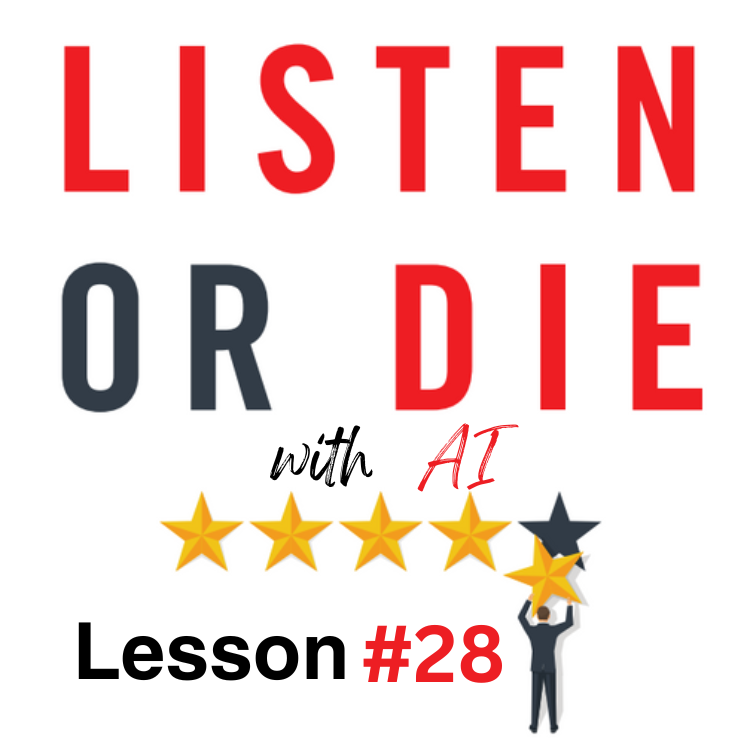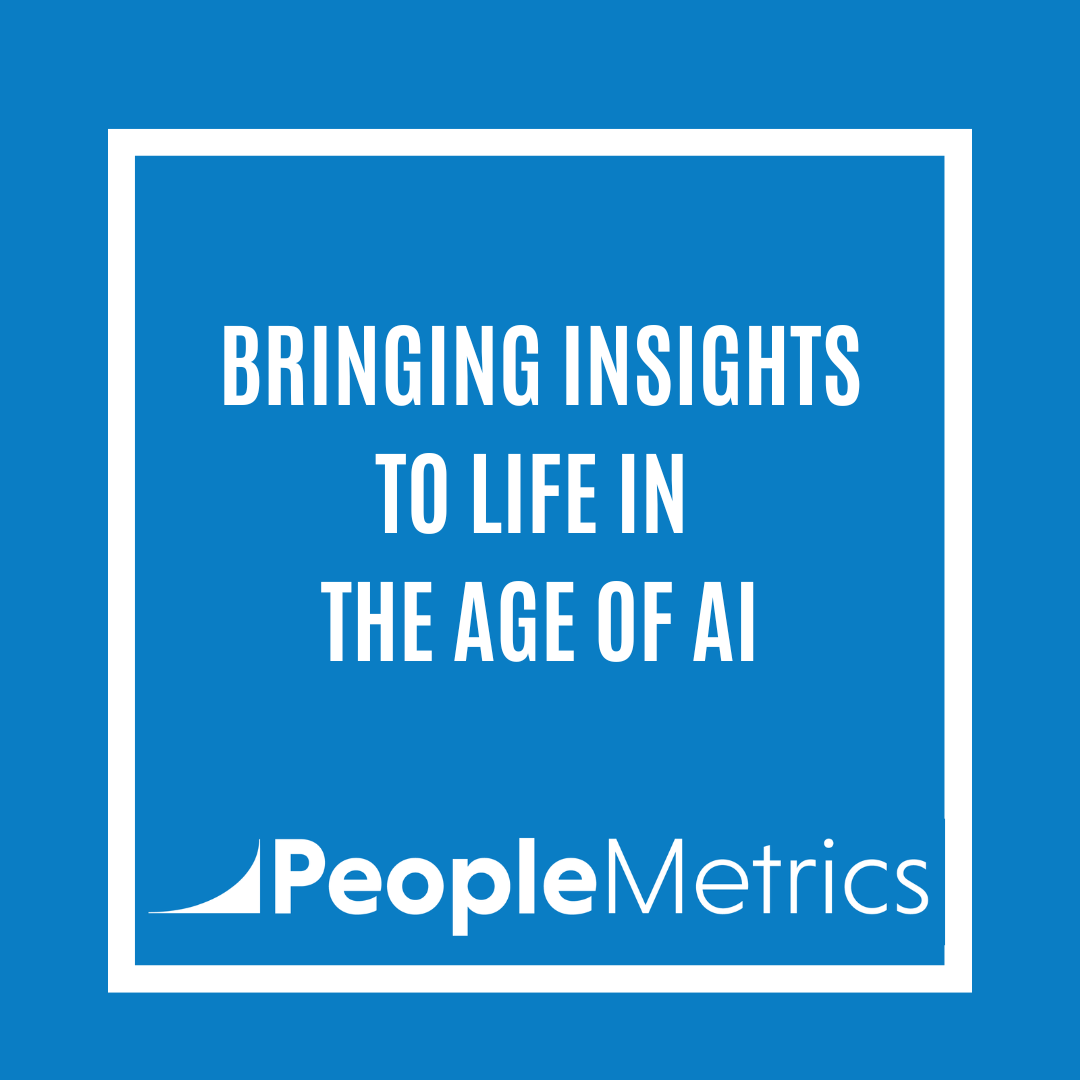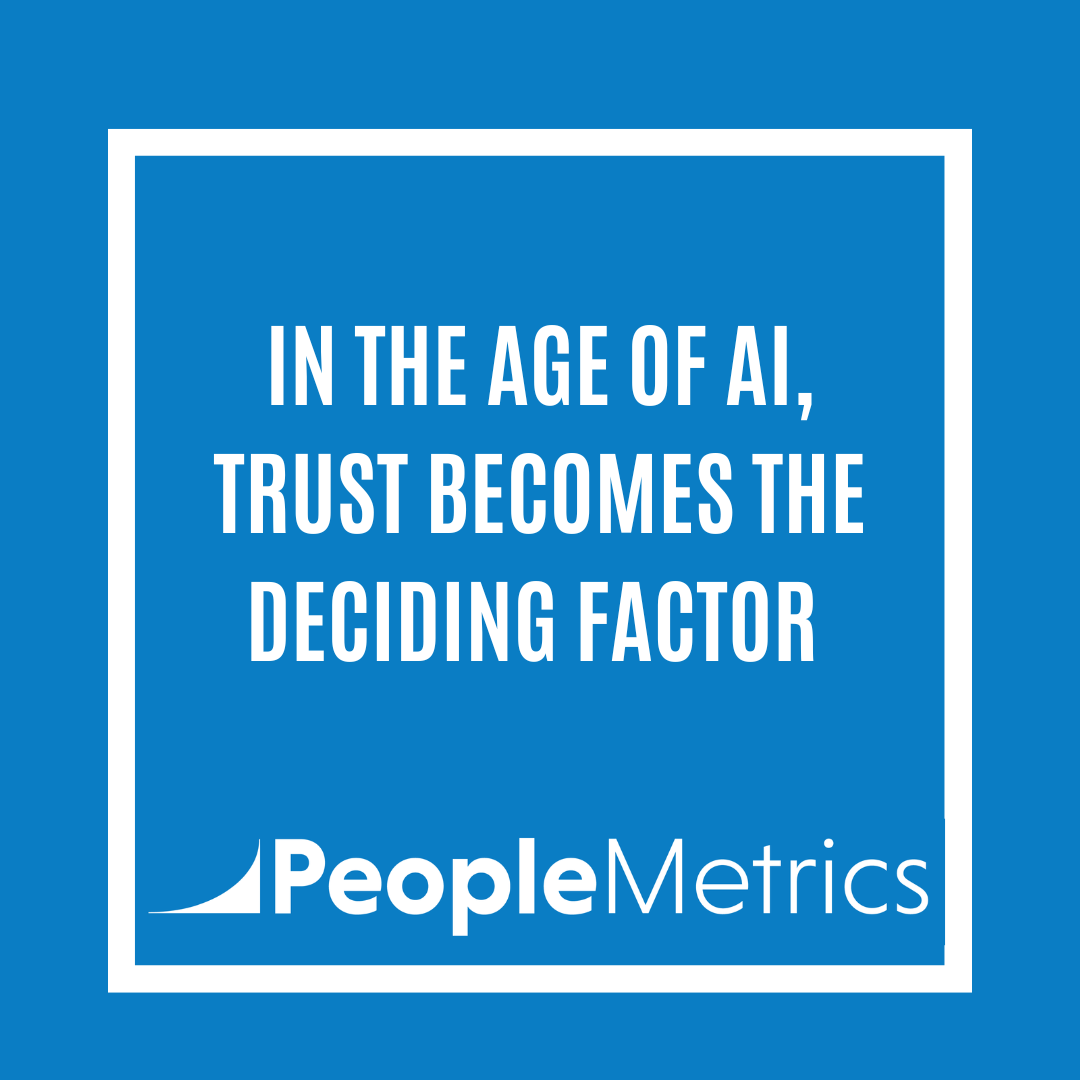To incentivize or not to incentivize? That's still the question, even in the AI-driven age.
Incentives in customer surveys originate from traditional market research, where surveys are often lengthy, complex, and required substantial participant time—think about doctors answering detailed questionnaires about medications they prescribe.
In such cases, incentives make sense because they're essential to getting busy professionals to provide meaningful insights.
But is that still the case with the shorter, more frequent transactional VoC surveys common today?
Surprisingly, despite all the advances AI has brought to VoC—from rapid survey creation to sophisticated analytics—one thing AI hasn't significantly changed is the psychology behind incentives!
Customers respond better when there's something tangible on the line.
AI may help you identify when and where an incentive makes sense, but the fundamental reasons for offering incentives remain unchanged.
AI’s Impact on Respondent Incentives
So, if the psychology is the same, what's the AI connection here?
AI's impact on incentives is subtle.
It allows you to more easily conduct A/B testing to see exactly how effective your incentives are. Using AI tools, you can segment your customers into randomized groups, test multiple incentive types, and analyze results in real-time.
For instance, AI can quickly reveal if customers prefer three chances to win $100 gift cards versus a single $300 gift card, or if your customers are more responsive to an immediate discount versus a future reward.
But AI hasn't changed the basic rules:
- Keep incentive values below $600 to avoid IRS complications (this was $500 at the time Listen or Die was written)
- Meaningful incentives significantly boost response rates, typically around 10%.
- Choosing an appropriate prize still matters—a gift that aligns with your customers' interests will outperform generic or less relevant offerings.
A quick example: A restaurant using AI-driven segmentation discovered that offering a simple free dessert coupon to every customer who completed the survey significantly increased both response rates and repeat visits. AI helped them spot the trend quickly, but the insight—that customers respond to relevant, appealing incentives—is hardly new.
The key takeaway here is that even in an AI-powered CX world, the basic human motivation behind survey incentives remains unchanged.
People appreciate rewards for their time and feedback. AI makes the process smoother, faster, and easier to optimize, but the fundamental principle remains the same.
Let’s look at a checklist for wisely using incentives in an AI-enabled world:
- Remember that AI can efficiently facilitate A/B tests to determine optimal incentives.
- Use AI analytics to quickly determine which incentive offers the best ROI.
- If your incentive exceeds $599, remember you'll need to deal with tax implications—AI won't eliminate this reality!
- Consider leveraging AI to personalize incentives, targeting segments most likely to respond positively.
- Above all, ensure your incentives are appropriate and aligned with your brand to maintain credibility.
In short, AI enhances your incentive strategy but does not replace the fundamental principles of incentivizing customer feedback.
Human psychology remains a constant, no matter how smart the technology becomes.
Your Turn
Are you using incentives for your VoC transactional surveys? Relationship surveys? Have you used AI to make these incentives more personalized?





